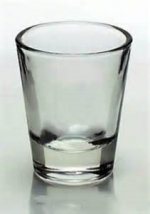Does Zeiss own this company (SCHOTT)? I am trying to do a bit of research on the glass itself. You guys would know best! Could not find too much on the subject and am trying to educate myself on the subject - of the glass itself.
If Zeiss does own it and use the same glass as Leica would they not have the same quality in terms of clarity etc? When people mention the quality of Zeiss, it seems the complaints stem more from the actual build quality than the glass. Is that correct?
Any and all info directly or indirectly pertaining to Leica glass would be appreciated!
Thank you!
If Zeiss does own it and use the same glass as Leica would they not have the same quality in terms of clarity etc? When people mention the quality of Zeiss, it seems the complaints stem more from the actual build quality than the glass. Is that correct?
Any and all info directly or indirectly pertaining to Leica glass would be appreciated!
Thank you!






